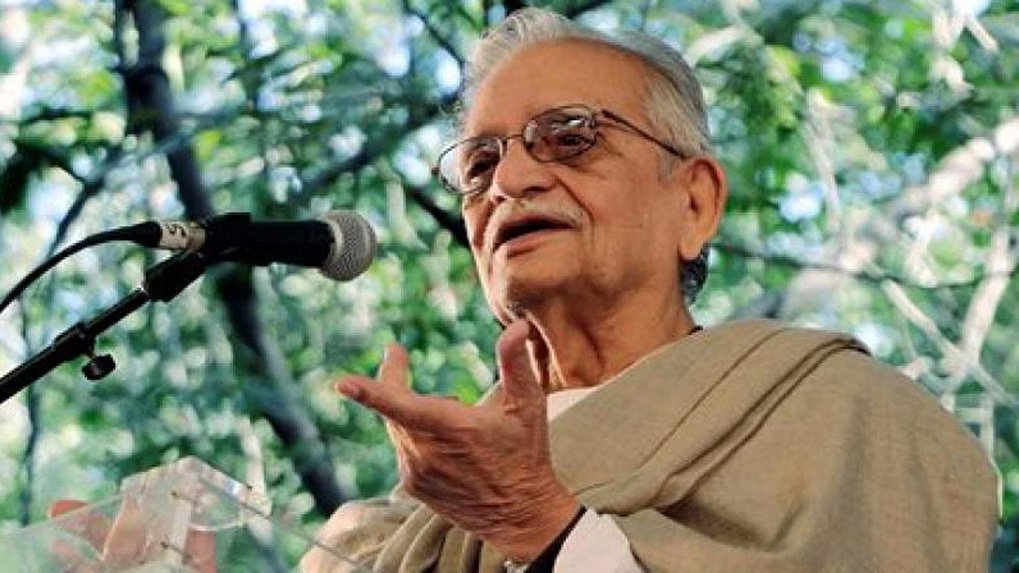By: Dr. Ratan Bhattacharjee
Literature offers, “a sense of life, and of value, a sense of what matters and what does not . . . of life’s relations and connection” wrote Martha Nussbaum and this is truly felt in any discussion of Tagore’s concept of love in his poetry In 1875, a prominent Calcutta journal published a suite of poems by a “newly discovered” seventeenth-century Bengali poet, Bhanusimha. The Lover of God’s first appearance in English translation is the result of a long collaboration between Bengali scholar Tony K. Stewart and the celebrated poet Chase Twichell. These poems, which Tagore continually revised over the next sixty-five years, tell a story of love and longing through the songs of Lord Krishna’s young lover Radha and her confidante Bhanu. They draw from Indian culture, history, and spirituality, and as the first and last poems that the Nobel Prize-winning Tagore the poet, author, painter, musician, and mystic had many profound ideas about philosophy and literature — on what it truly means to love. Almost 80 years after his death, his ideas on love are as timeless as on life itself. Tagore’s songs on Love were compiled by Tagore himself and chiefly find place in Volume II of Gitavitan under the title Prem, a word in Bengali in which Tagore wrote. They are three hundred ninety-three in number. Besides them, there are quite a number that are found in his dance dramas. Substantially, these are contextual, but even if taken off from the contexts, these are free by themselves.
Prem primarily means ‘love’ is the basic principle of Tagore’s writings. True love – ‘the marriage of the true minds’ as Shakespeare calls it in his Sonnet No: is never fulfilled. The deeper it is, the greater is the aspiration. Passion is a divine urge and so is lust, excessive passion. Tennyson says in In Memoriam: It’s better to have loved and lost / Than never to have loved at all.” Tagore also subscribed to this basic idea of love. Tagore insists that human love is real, but more fulfilling is the bond of the souls. Love, in its glory, quietens the desire, but at the same time sublimates the mind. The heart that craves for union with human frame also aspires to be linked up with the Brahman or the Supreme Self Tagore’s idea of love is summed up in the song: ‘Amara parana jaha chay’. ‘You are the sole object of my heart’s desire, my Love, / None else this world offers me, nothing else, indeed; / If you find no joy with me, you may go elsewhere at your will, / But you shall dwell in my heart – nothing else do I need. These lines contain great message of Tagore on love and languishment.
Tagore who wrote in Bengali, a provincial language in India was the first Asian to receive the Nobel Prize for Literature in 1913 for his volume of poems Gitanjali (Song Offerings) which was translated into English free verse by the poet himself and W.B. Yeats wrote the Introduction. Tagore’s songs on ‘love and languishment’, of ecstasy and dejection, the keen desire to be akin, and calm acceptance of lot when love remains unrequited, stress the human.
In Tagore’s works both fiction and nonfiction we find an attempt to wrangle with the nature and meaning of love. In one of his most famous play Chitra, a lady warrior pleads to the gods to make her into a feminine, beautiful woman so that she can make Arjuna fall in love with her. When her plead is fulfilled, she later regrets it because she knows that Arjuna had fallen in love with a false image of herself. The play ends with Chitra finally admitting to Arjuna that she is a warrior and not the perfect beauty that she claims. Arjuna then displays what is often described as the ‘higher kind of love’. In the novel, Choker Bali for example, when the character Mahendra leaves his simplistic wife for Binodini, who he thinks is more cultured and refined in tastes, he meets a fate of endless disappointment and guilt. Love is here the initial charm and lustful desire. Fyodor Dostoyevsky writes, “But to fall in love does not mean to love. One can fall in love but still, hate’ adding that….To love someone means to see them the way God intended them.” For Tagore too the essence of love is “to give, never take. It’s not ‘give and take’ as many people believe, but it is ‘give and give.’
Tagore’s first unfulfilled love was for Annapurna Turkhud whom he called Anna but could never express his love, due to his shy nature. Krishna Kripalani in the book Tagore — a Life has given a lucid account of Tagore’s interaction with Annapurna at the age of only 17 when he stayed for two months in Bombay for some training in the house of Dr Atmaram Pandurang Turkhud, an eminent physician and founder of the Prarthana Sabha and a friend of Satyendranath Tagore. According to the book The Myriad Minded Man, Ana’s father visited Calcutta Thakurbari at Jorasanko with Ana and another of his daughter in early 1879, with a proposal for marriage which Debendranath turned down But Tagore and . Ana could never forget their first love.
Tagore married Mrinalini in 1883. Within a span of 19 years, he lost his wife and never remarried. What he once wrote to his wife is the essence of his love concept, “If you and I could be comrades in all our work and in all our thoughts it would be splendid, but we cannot attain all that we desire”. Gurudev shared a rapport with his elder brother Jyotirindranath’s wife Kadambari, who loved literature as much as him. This is another love story in Tagore’s life. At the age of 63 his meeting with Victoria Ocampo in her mid 30’s is a wonderful saga of Platonic love. She was Tagore’s Bijoya. During his Argentina tour in 1924-1925, Tagore fell ill en route to Peru, and met Victoria Ocampo and a new relation opened up soon when Victoria received Tagore and took him to her family estate at San Isidro in the suburbs of Buenos Aires. The poet spent the next two months recuperating in a garden villa overlooking the River Plate in San Isidro. Ocampo was enamoured after reading Andre Gide’s French translation of Tagore’s Gitanjali. For her, Tagore was an idol. She looked after him with the diligence of a devoted admirer. It was during this time that the two authors, it is said, developed a very emotional but platonic relationship and started corresponding and exchanging gifts after they met. Tagore recovered and wrote as many as 30 poems while in San Isidro. It is believed that Ocampo inspired him to take up his brush again and begin painting. In 1930, Ocampo organized the poet’s first art exhibition in Paris, where they met in person for the second and last time.
Love is a primeval instinct of the human heart in the words of Dr. S. C. Sengupta a renowned Tagore critic, in The Great Sentinel wrote that nothing is more valuable in human life than human love, the intense passion a man and a woman feel for each other. It is a kind of ecstatic feeling which arising out of the mind paralyses other sentiments and powers of consideration for the time being. For Tagore the essence of love is to give, never take. It’s not ‘give and take’ as many people believe, but it is ‘give and give.
(The author is an Associate Professor and Head Post Graduate Dept of English Dum Dum Motijheel College and Trilingual poet. He may be reached at profratanbhattacharjee@gmail.com)












